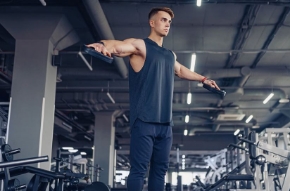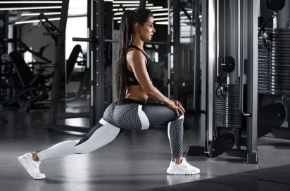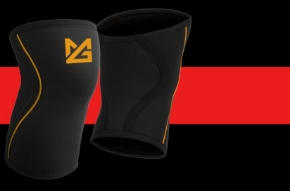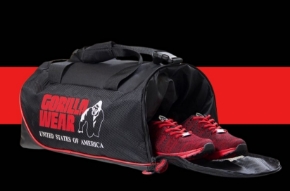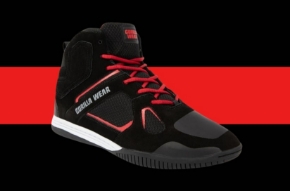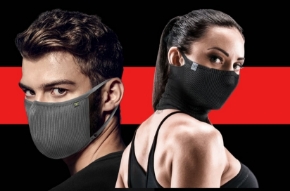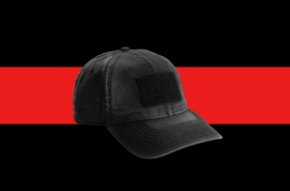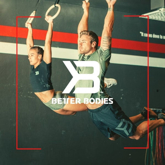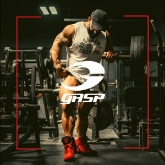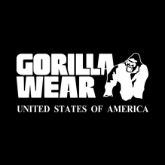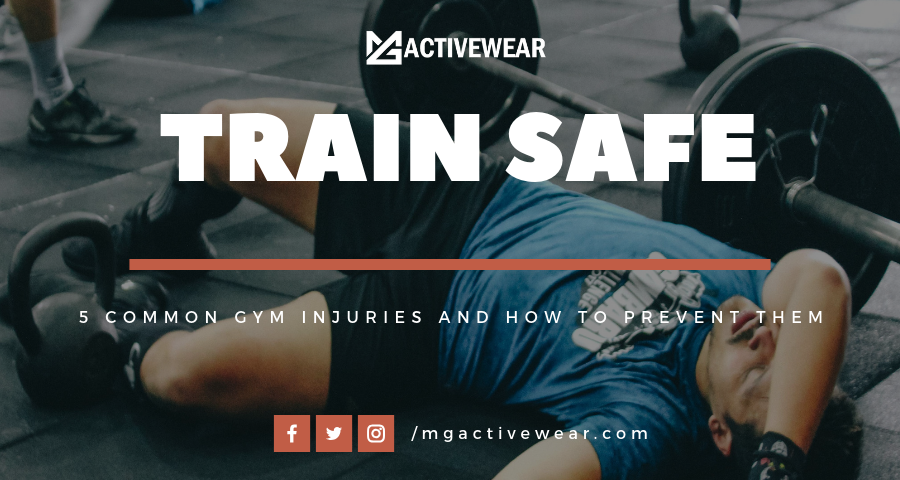What are the 5 most common injuries in the gym and how to avoid them ?
...
Working out and maintaining a regular training schedule is great for physical and overall health. That being said, we have a natural tendency to overtrain that can lead to more harm than good. Hence, injuries are inevitable in gym life . .
Team MGactivewear has researched online at top sports science medical publications including Harvard medical to write this article on top five common gym injuries faced by athletes , symtoms and precautionary tips to prevent them. It is best to seek certified medical consultation if you are experiencing severe injury.
1. Shin Splints Injury
Shin splints is an injury that affects sports athletes whose training requires a lot of running and jumping. This injury is commonly found with sports such as football, basketball,hockey, sprinting and marathon running. The pain occurs along the shin bone which is the lower leg between the knee and foot. The pain is the result of muscle inflammation which can be caused due to poor gym wear, worn out shoes, high shock vibrations from hard surfaces(asphalt and concrete), muscle fatigue and poor recovery.
Team MGactivewear (Sportswear, UAE) recommends :
Routine warm ups and stretches prior to work out.
Work on calf and knee mobility to remove muscle stiffness.
Gradual increase in intensity of the work out.
Avoid training on hard surfaces such as concrete and asphalt.
Take short intervals of rest between long workout sessions.
Avoid exhausting your body - Train smart .
Wear sports compression socks and compression wear for high endurance workouts.
Make sure the shoes and sportswear is correct and ideal for the activity you are doing.
2. Knee Pain Injury
If you’re facing a clicking, crunching or grating sensation in your knees then you might want to take a step back from the squat rack. This is a sign of patellofemoral syndrome (runner’s knee) which is pain and discomfort at the kneecap. Knee pain can be caused by ligament degradation, or muscle inflammation due to fatigue, poor recovery, muscle imbalances and poor form. If knee pain is not addressed properly then the pain can exacerbate resulting in lower back problems.
Team MGactivewear (Sportswear, UAE) recommends :
Focus on stretching, and mobility exercises in your daily warm up routines to improve hips and abductors.
Build glutes muscles as it will help take pressure away from the lower back and knees for complex moves.
Add cycling into your warm up routine as it is a great low impact exercise with steady intensity to build core and lower leg strength.
When performing complex moves, start with low weights and gradually increase intensity.
Use compression wear and weightlifting accessories for added support to reduce fatigue on joints and improve recovery. MGactivewear.com is a great sportswear store to buy your gym compression wear and accessories.
3. Wrist Strain Injury
Wrist is one of the most complex and delicate joints in the body which is under constant stress throughout your gym workout days. Wrists face compression stress during push days such as chest, tricep and shoulder routines. They face pull stress during back and bicep workout routines. Furthermore, wrong grip bars adds mobility stress on the wrists such as straight bar bicep curls. Wrists also face heavy strain on leg days for balancing heavy bar on squats.
So, it is no wonder that time and again, the wrists will give out if not taken care of.
MGactivewear (Sportswear, UAE) recommends :
Add cable wrist curls as part of warm up routine to strengthen muscles around the wrist joint.
Train smart, select right bars and grip handles such as EZ bar to reduce wrist pain.
Invest in some high quality wrist straps for pushing exercises and wrist straps for pulling exercises. These will efficiently help in avoiding unwanted strain from the joint and reduce fatigue.
4. Shoulder Pain Injury
Your shoulders are made up of three heads : Front, side and rear which are kept in position by rotator cuffs. It is very common in gyms to find physiques with overdeveloped front and side shoulders but underdeveloped rear. This imbalance of muscle development can add strain on muscles and also cause pain. Furthermore, another culprit of shoulder pain is overtraining with heavy heights and poor form.
MGactivewear (Sportswear, UAE) recommends :
Strengthen rotator cuffs by incorporating bands or cable pulley cuff training during warm ups on shoulder days and chest days. This will enhance mobility and strengthen rear shoulder.
Take rest and short breaks when working on complex moves such as military press .
Maintain good form while training, do not over arch your back or swing the weights throughout your set. It’s best to start with low weights and increase intensity gradually.
Train smart - increase intensity with lower weights by doing full range of motion and control rep tempo with slow negatives. You will get more muscle activation from 5 controlled reps than 5 heavy sets with poor form.
5.Lower Back Injury
Here comes the gym killer : Lower back pain . This one is the most dangerous as there is no workaround and it will knock you off your feet for weeks. You will face physical pain and mental torture of losing gains for not going to gym for weeks. The lower back pain is commonly found with ego lifters that want to pile on plates for a selfie. Poor form and massive weights shoot stress into the lower back causing nerve compression and disk herniation.
MGactivewear (Sportswear, UAE) recommends :
Wear accurate gym shoes, weightlifting accessories and clothes to ensure you perform without any limitations.
Warm up your body with good 20 minutes of cardio plus stretching before moving into the weight section. This is the same routine followed by WWE wrestler John Cena.
Work up the intensity - no ego lifting.
Try getting more out with lower weight. It is not about the weight of the bar, it is about muscle activation and contraction. For example, a 10 kg dumbbell arm curl with proper form and slow negative will give more muscle activation than a 20 kg dumbbell with poor swinging lifts.

